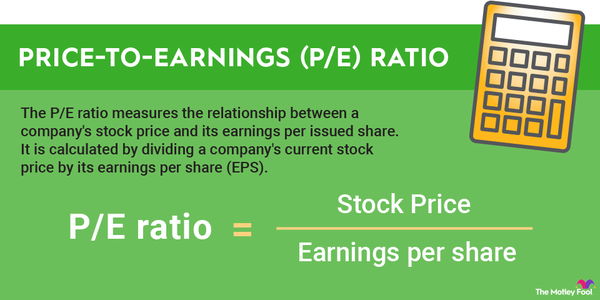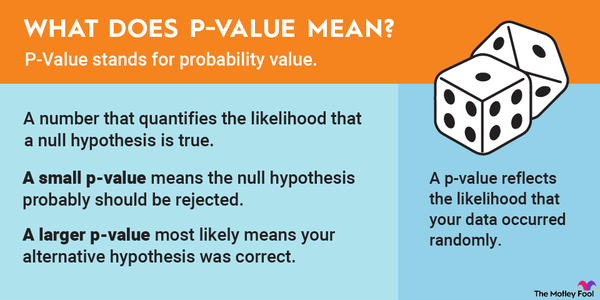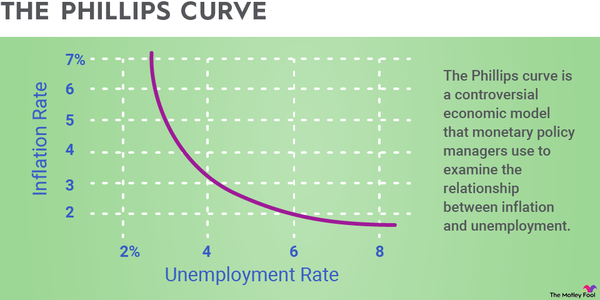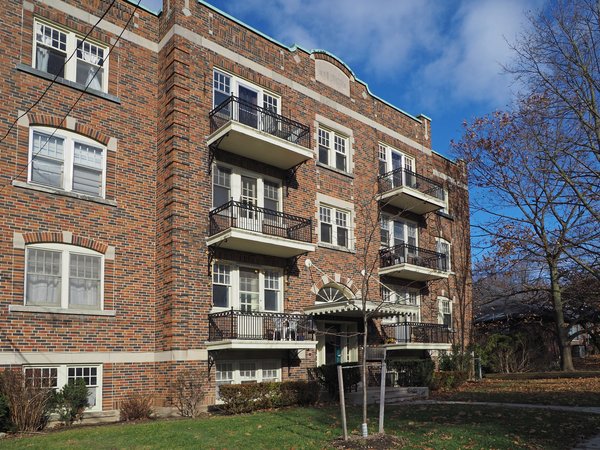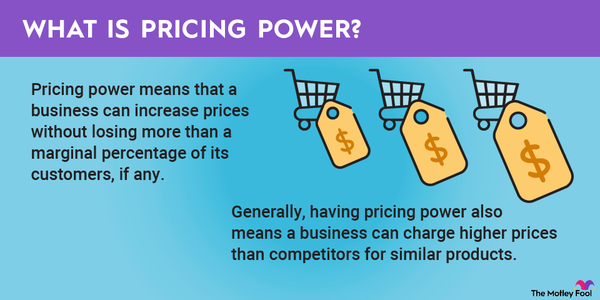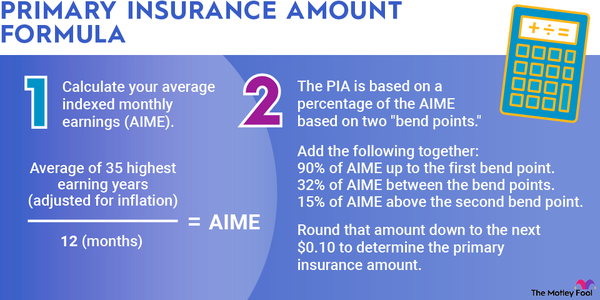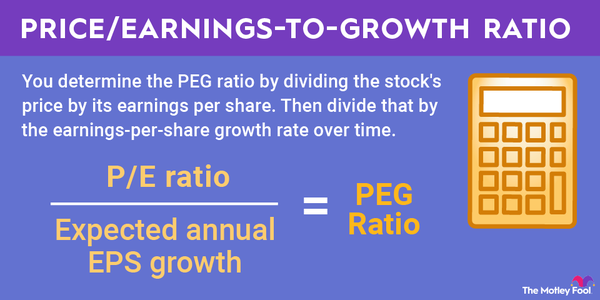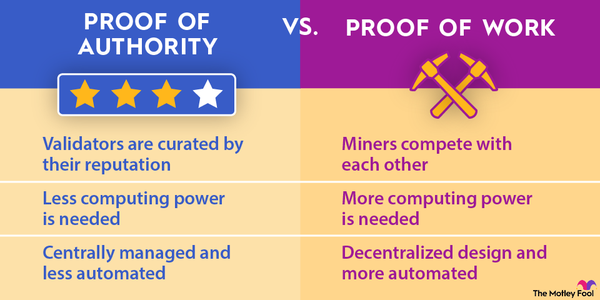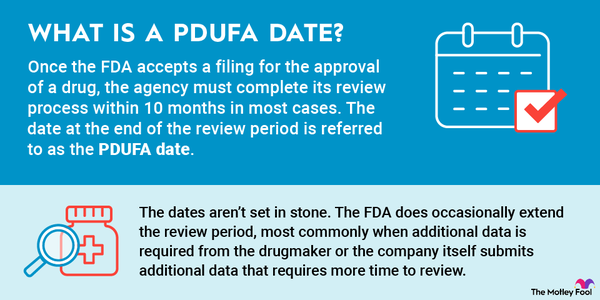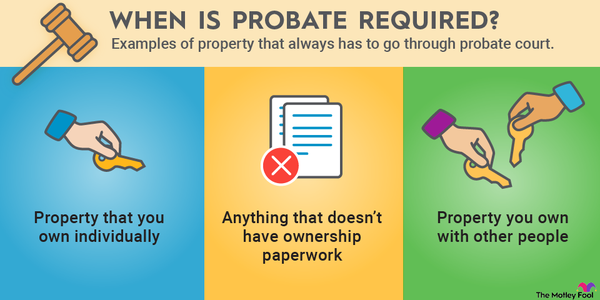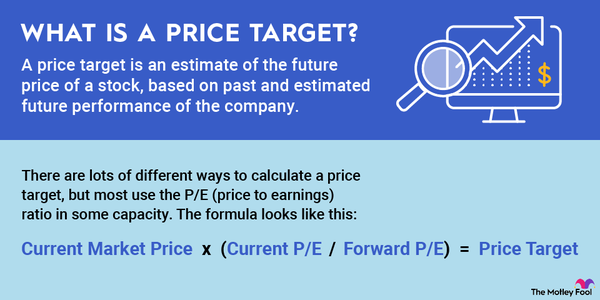Home values have soared in most major markets, and interest rates remain stubbornly high. Property taxes aren't likely to go down soon, either. Here, we'll look at property taxes -- why they're collected, how they're used, ways that you can reduce them, and places where they're less painful than others.

Overview
What are property taxes?
Property taxes are fees levied by local or state governments to pay for essential services such as public schools, fire and police departments, public transportation, and libraries. They're generally based on a property's assessed value.
For example, if your house is worth $300,000 and your property tax rate is set at 1%, your annual bill would come to $3,000. Most taxpayers, however, don't pay a property tax bill all at once. Instead, it's usually rolled into a monthly mortgage payment. So, in this example, you'd tack on $250 to your monthly mortgage bill. Here's the formula for a tax rate:
Assessed home value * tax rate = property tax
Tax rates are also often expressed as a "millage rate," with 1 mill equaling $1 for every $1,000 of value. If your home's value is assessed at $300,000, and the millage rate is set at 10 mills, your annual tax bill would equal $3,000. Here’s the formula for a millage rate:
Assessed home value * mills / 1,000 = property tax
Reducing taxes
Reducing property taxes
There's no doubt that property taxes can be painful for homeowners, and people who invest in real estate should carefully consider the ramifications of property tax rates on any potential investment properties. Although different state and local governments offer different options for reducing property taxes, you should check with your local tax district to see if you qualify for any breaks before committing to buying a new property.
Here are some of the more common ways to reduce a property tax bill:
Homestead exemptions are quite common in many states and allow you to reduce the value of your primary residence by a set amount. The phrase "primary residence" is crucial in determining whether you can qualify for a homestead exemption; second homes, vacation places, or undeveloped land won't qualify.
Reductions known as "circuit breaker" programs are common across most taxing jurisdictions. They reduce assessed values for seniors, disabled residents, and people with low incomes, making homeownership more affordable.
Military exemptions are sometimes offered to members of the armed forces. Some governments extend reductions to veterans; others require a service member to be disabled before qualifying for a property tax exemption.
Agricultural exemptions have been approved in many states to incentivize farming, ranching, and other productive agricultural businesses.
One other strategy for reducing property taxes that's not frequently discussed is appealing the assessed value. Property values are public record in most places, so a homeowner who feels their home's value is being overstated can compare it to similar properties and appeal the value with the local appraisal district.
Related investing topics
Tax rates by state
Property tax rates by state
Of course, one sure way to reduce your property tax bill is to move from a high-tax state -- New Jersey, Illinois, or New Hampshire, for example -- to a state with low property taxes, such as Colorado, Alabama, or Hawaii. Keep in mind, though, that there are always trade-offs.
Low property taxes don’t always mean a low cost of living. Hawaii, for example, ranks dead last in its effective property tax rate of 0.32%, according to the Tax Foundation -- but the state is notoriously expensive, with the typical Hawaiian home valued at more than $850,000.
| State | Effective Tax Rate | Rank |
|---|---|---|
| Alabama | 0.40% | 49 |
| Alaska | 1.04% | 21 |
| Arizona | 0.63% | 40 |
| Arkansas | 0.64% | 39 |
| California | 0.75% | 33 |
| Colorado | 0.55% | 48 |
| Connecticut | 1.79% | 5 |
| Delaware | 0.61% | 41 |
| Florida | 0.91% | 26 |
| Georgia | 0.92% | 25 |
| Hawaii | 0.32% | 50 |
| Idaho | 0.67% | 38 |
| Illinois | 2.08% | 2 |
| Indiana | 0.84% | 30 |
| Iowa | 1.52% | 10 |
| Kansas | 1.34% | 15 |
| Kentucky | 0.83% | 31 |
| Louisiana | 0.56% | 46 |
| Maine | 1.24% | 16 |
| Maryland | 1.05% | 20 |
| Massachusetts | 1.14% | 18 |
| Michigan | 1.38% | 14 |
| Minnesota | 1.11% | 19 |
| Mississippi | 0.67% | 36 |
| Missouri | 1.01% | 22 |
| Montana | 0.74% | 34 |
| Nebraska | 1.63% | 7 |
| Nevada | 0.59% | 42 |
| New Hampshire | 1.93% | 3 |
| New Jersey | 2.23% | 1 |
| New Mexico | 0.67% | 35 |
| New York | 1.40% | 12 |
| North Carolina | 0.82% | 32 |
| North Dakota | 0.98% | 23 |
| Ohio | 1.59% | 9 |
| Oklahoma | 0.89% | 27 |
| Oregon | 0.93% | 24 |
| Pennsylvania | 1.49% | 11 |
| Rhode Island | 1.40% | 13 |
| South Carolina | 0.57% | 45 |
| South Dakota | 1.17% | 17 |
| Tennessee | 0.67% | 37 |
| Texas | 1.68% | 6 |
| Utah | 0.57% | 43 |
| Vermont | 1.83% | 4 |
| Virginia | 0.87% | 28 |
| Washington | 0.87% | 29 |
| West Virginia | 0.57% | 44 |
| Wisconsin | 1.61% | 8 |
| Wyoming | 0.56% | 47 |

